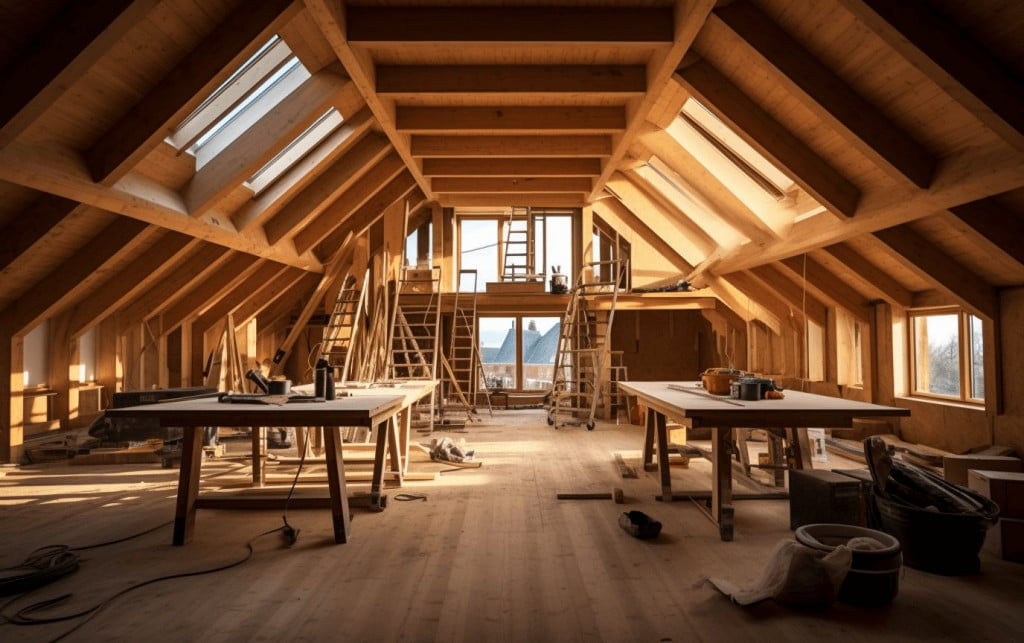Table of Contents
Knowing how to choose an architect for a loft extension can make a huge difference in the final outcome of the project. You need to understand what you’re trying to accomplish with your extension, how you want it to look, and what constraints you’re working with – especially regarding your budget.

If you already have a contractor for the project, you should start there and ask them for a referral. Many contractors have strong connections with experienced architects and they know the market better than you likely do. What’s more, handling things this way means you’re more likely to end up with an architect that will get along with your contractor without any issues, maximizing the chances of the project going smoothly.

Once you’ve lined up a few suitable options, look into the working history of each architect you’ve chosen. Specifically, check if they’ve done any loft conversions in the past. If not, that might be a problem. It will likely lead to a decreased quality of the final product, or things might move along more slowly.
In addition, verify that the architect’s working style matches your preferences. The job of an architect is not only technical but creative, meaning that you may disagree with the way your chosen architect handles certain aspects.

A good architect should belong to various corresponding professional organizations, including RIBA ( Royal Institute of British Architects ) and ARB (Architect’s Registration Board). This will go a long way towards ensuring that you’re working with someone who’s properly qualified and understands their work better than the average professional on the market. And in a busy market like this one, this is a crucial element.
Planning